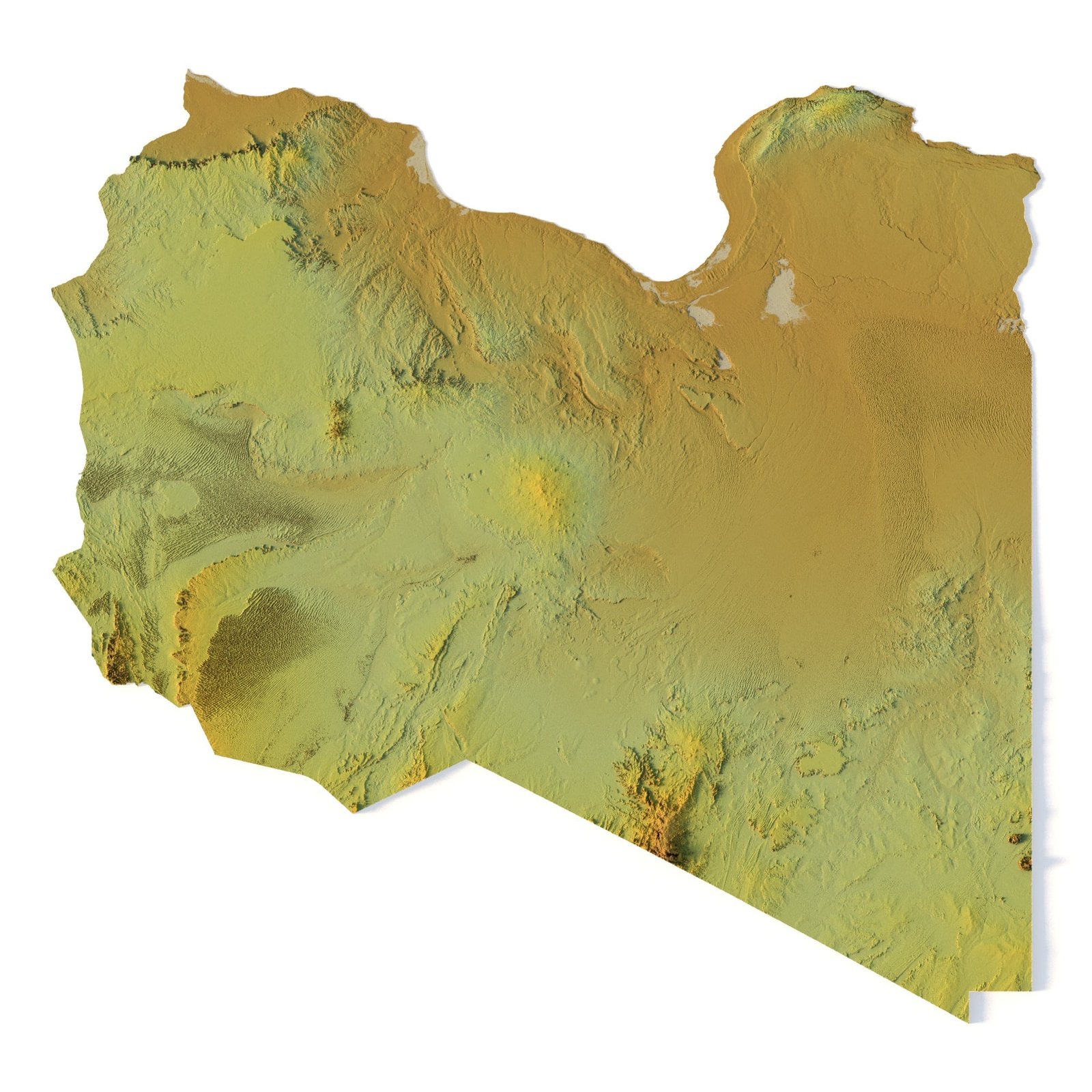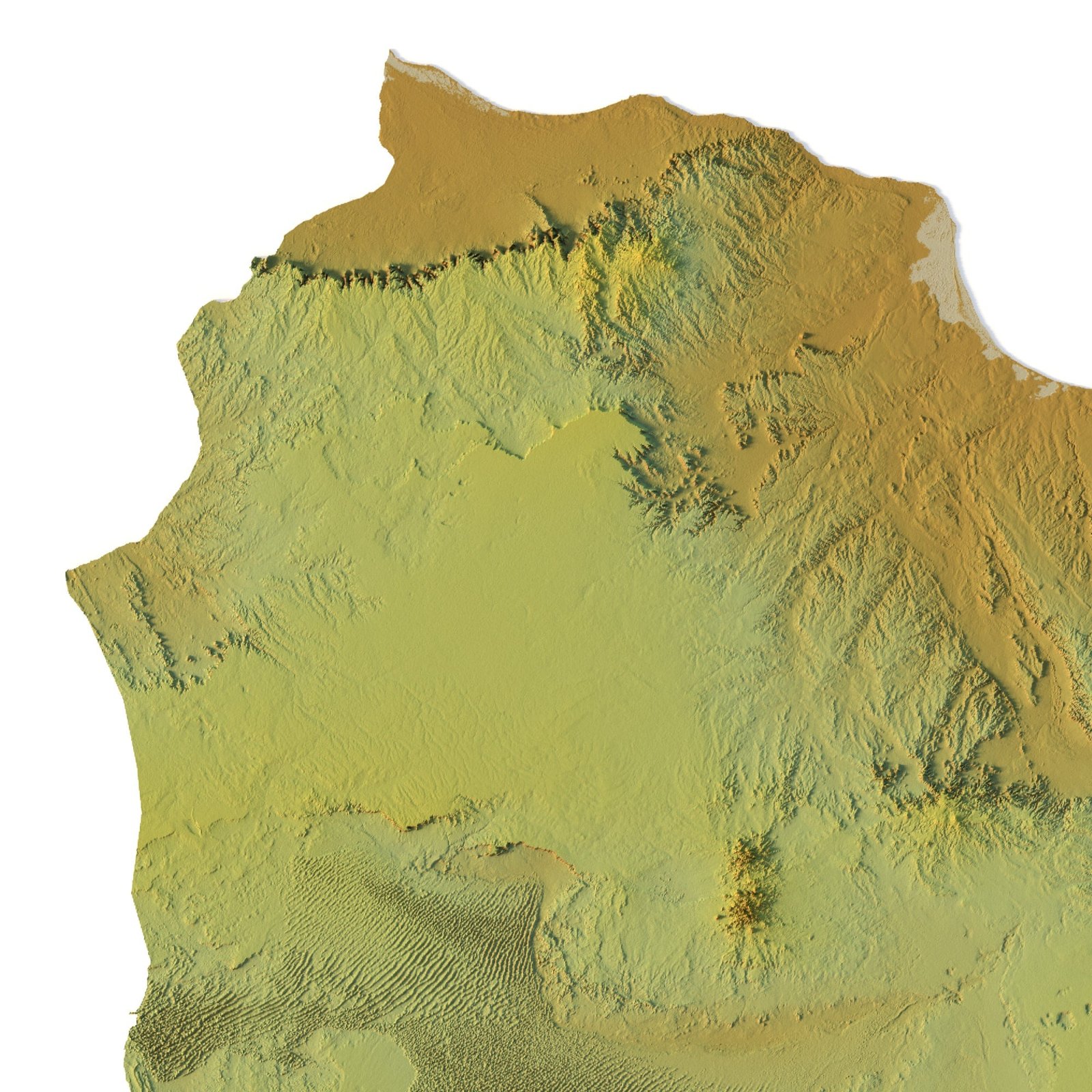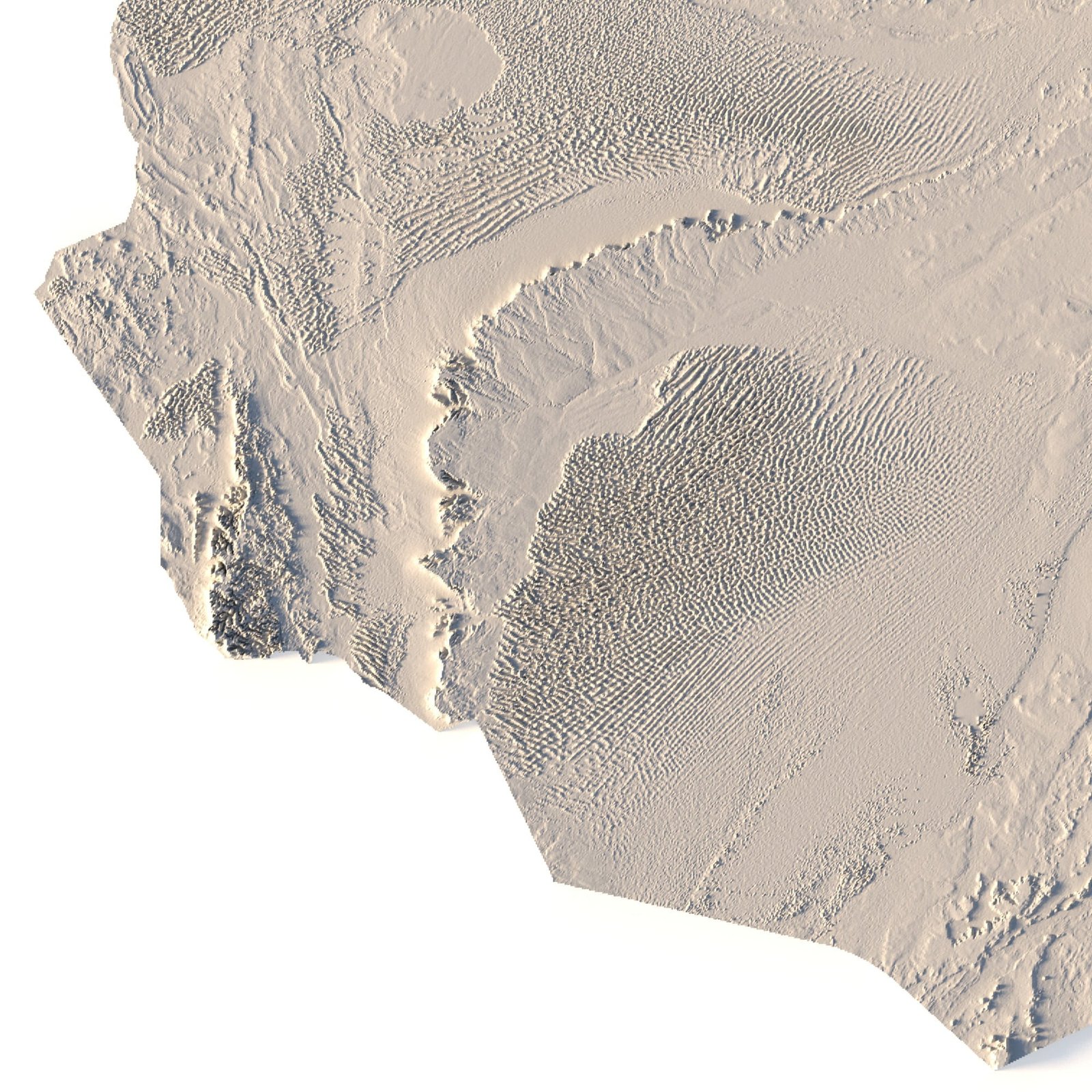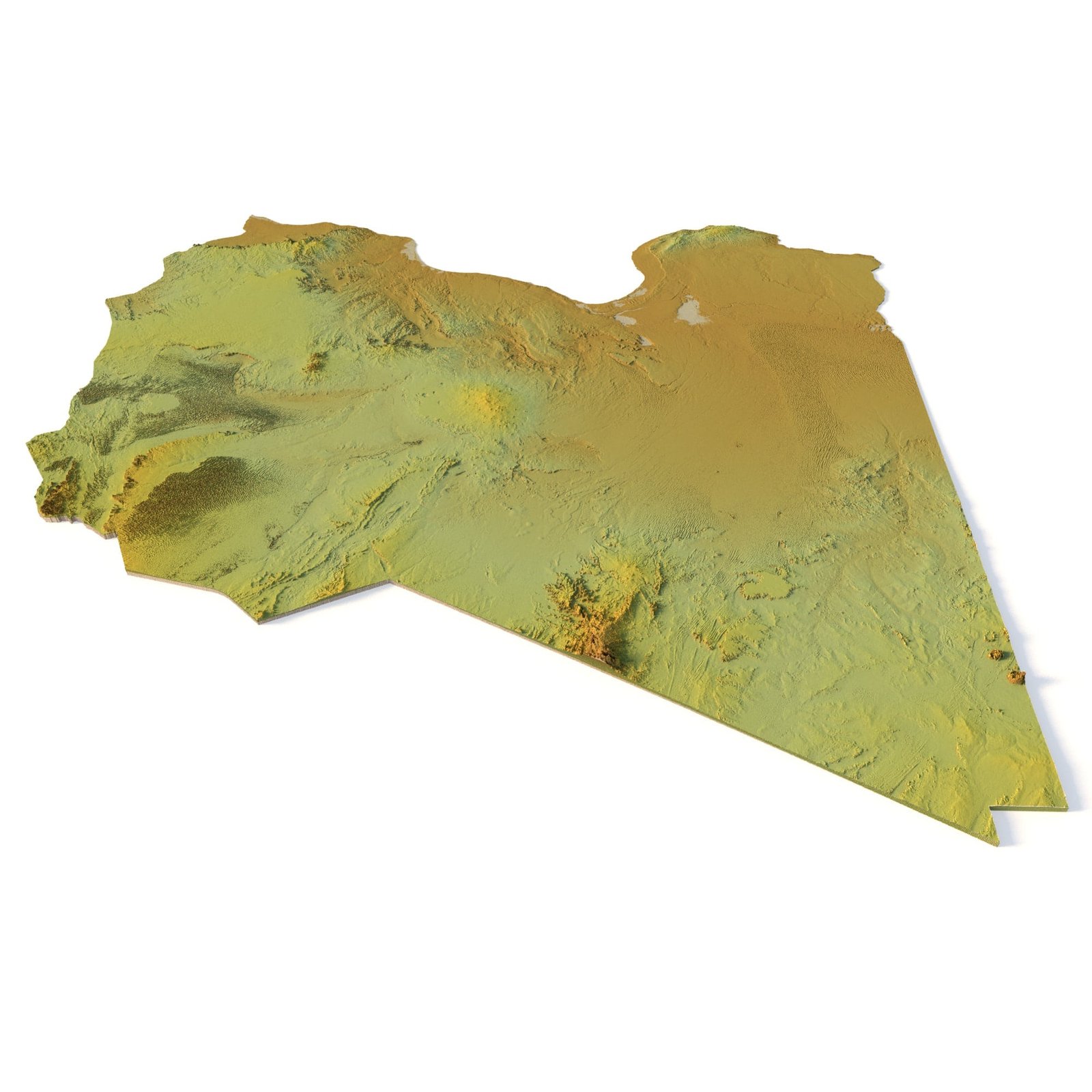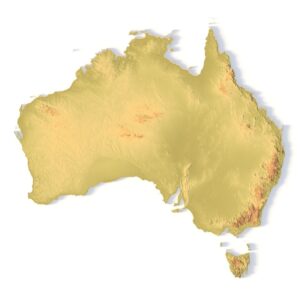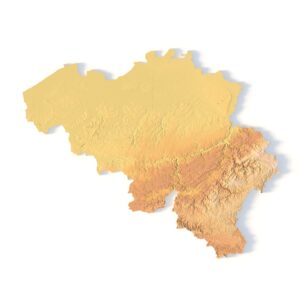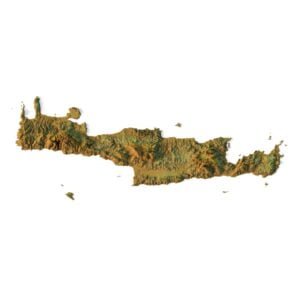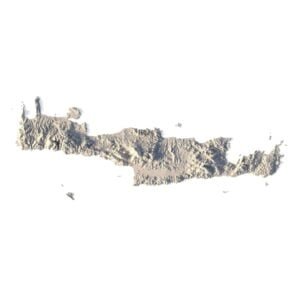Libya is a large African country in Northern Africa. It borders Egypt to the east, Sudan to the southeast, Chad to the south, Niger to the southwest, Algeria to the west, and Tunisia to the northwest. Most of Libya’s population is concentrated along its 1,770 kilometer-long coastline with the Mediterranean Sea, including its capital of Tripoli. A total of 6.78 million people reside in Libya with closer to half living in Tripoli and its surrounding area. Libya is known for its oil reserves, deserts, and ancient history.
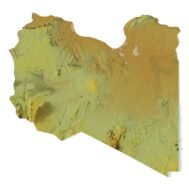
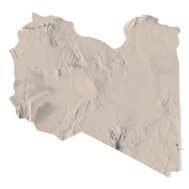
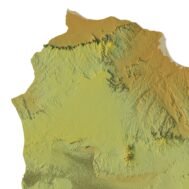
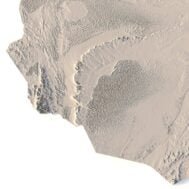
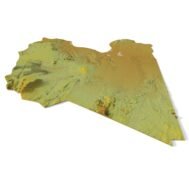
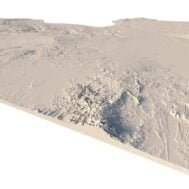
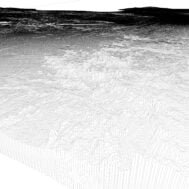
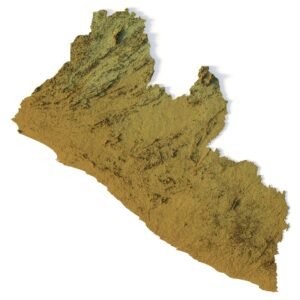
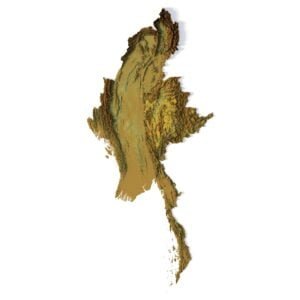
Libya STL model
$21.00 Original price was: $21.00.$17.00Current price is: $17.00.
High-polygon 3D model of Libya in STL format
![]()
- File size: 608 MB
- Model size: 175.2 mm х 169.12 mm х 1.162 mm
- Resolution: 0,08 mm
- Projection: Mercator
- Scaling factor: X — 0,0000001; Y — 0,0000001; Z — 0,0000005
- Polygons: 12 757 364
- Vertices: 6 378 688
- Geometry: Polygonal Tris only
- Base: Closed
We accept VISA, Mastercard, ApplePay, GooglePay and other payment methods
You can also purchase this product using MasterCard/Visa on
RenderHub → and 3Dexport →.
What can I use a 3D model in STL format for?
STL model of Libya can be used for various purposes:
- Making physical models from plastic or photopolymer using 3D printers
- Making models of wood or metal using CNC machines
- Making a high-resolution relief using 3D laser markers
- Making of “master forms” for duplication of products using foam polystyrene or concrete
- Creating computer graphics
- Creation of low-polygonal models for computer games
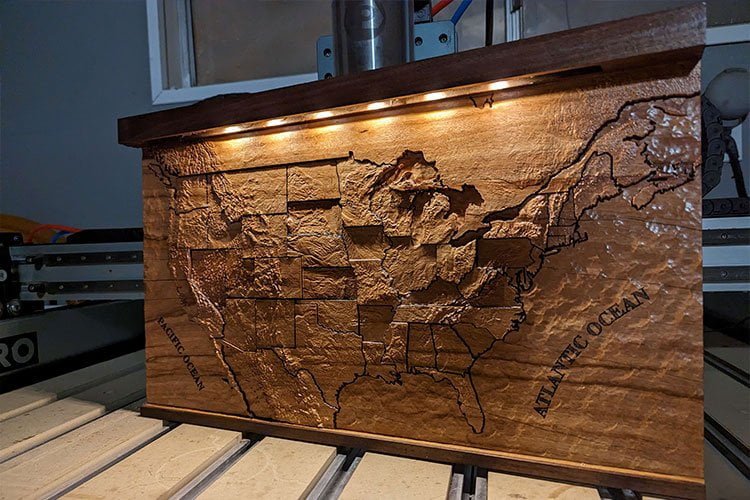
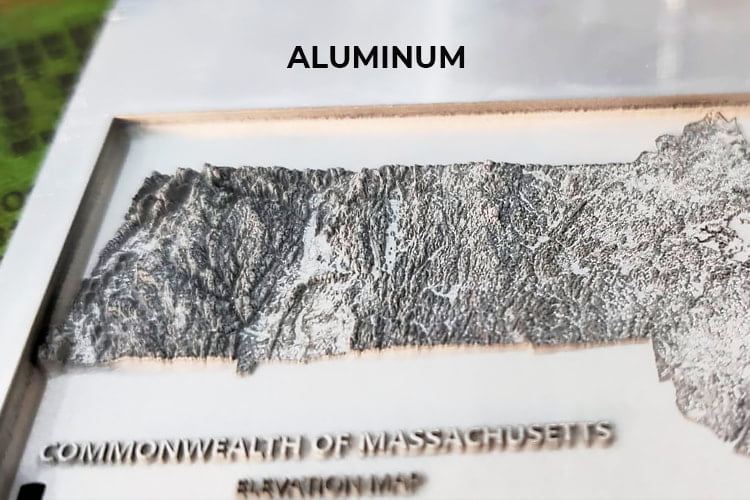
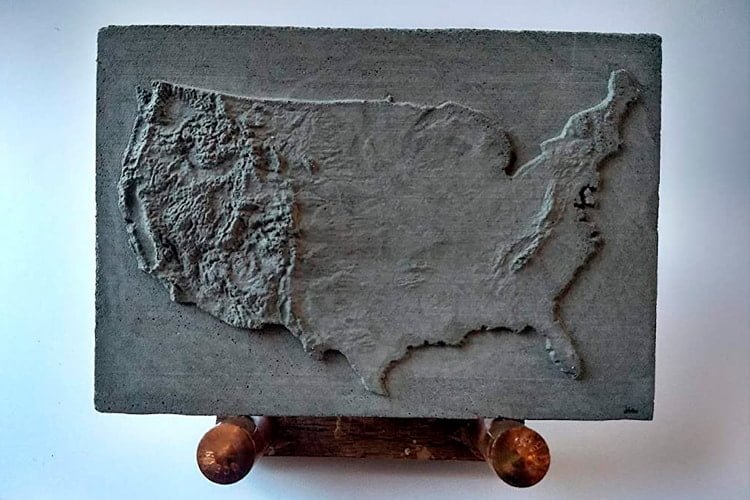
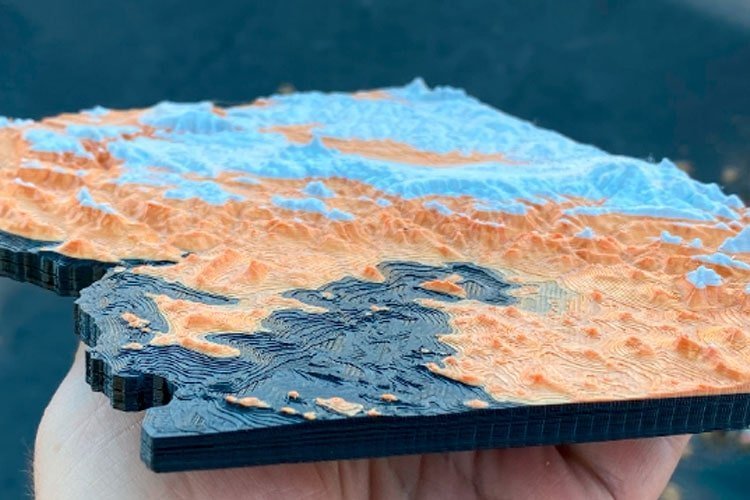
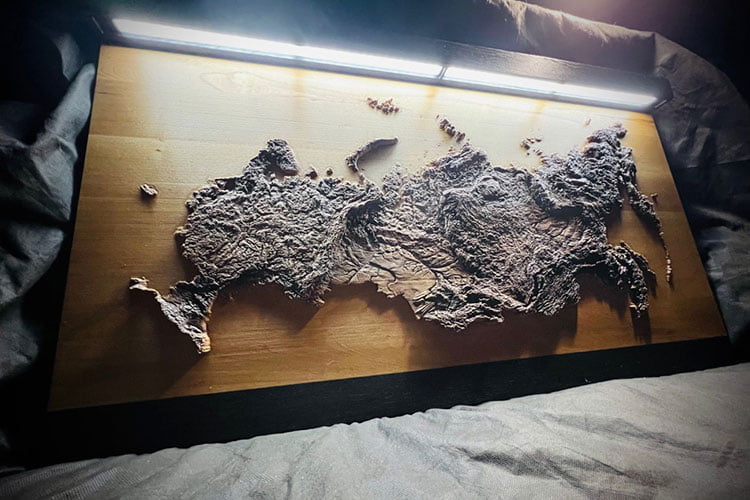
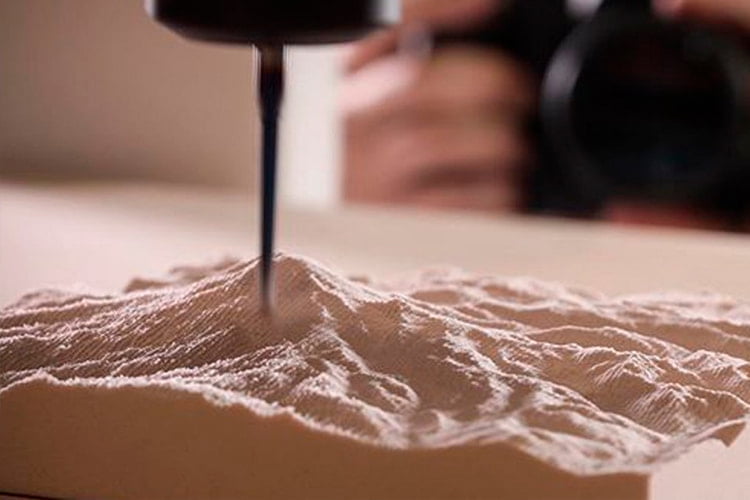

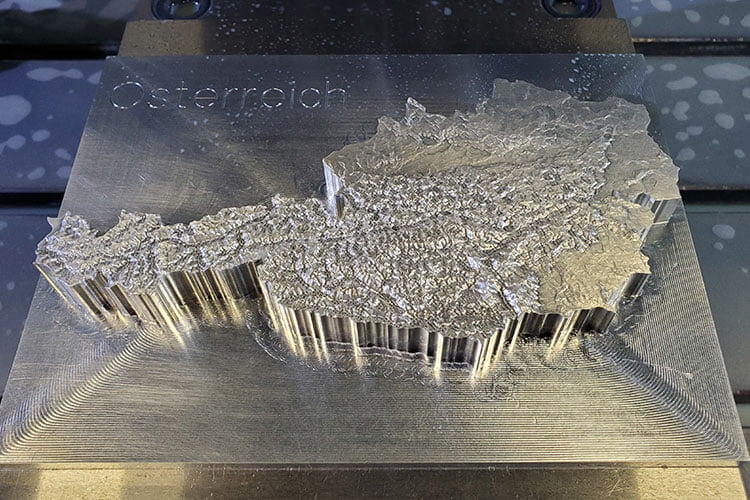

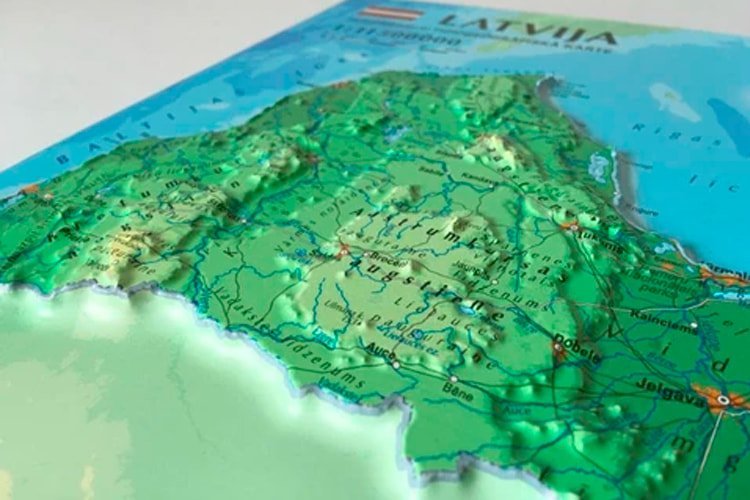
What is the resolution of the 3D model of Libya?
With the development of technology, it is becoming possible to produce more and more precise relief models.
For example, there are 3D printers that can print models with a layer height of 0.16 mm, 0.1 mm, 0.05 mm, or even less. These devices require high-quality models. But a higher-quality 3D model contains more polygons and has a larger file size. One of the challenges is to find a compromise between the file size of the STL model, which would be convenient to work with, and the desired quality of the finished product.
The 3D model of Libya has a fairly large size and many polygons.
Distance between neighboring points of one polygon in one plane is R ~ 0.08 mm for the specified size of the model. Therefore, such model is suitable for high-precision printing.
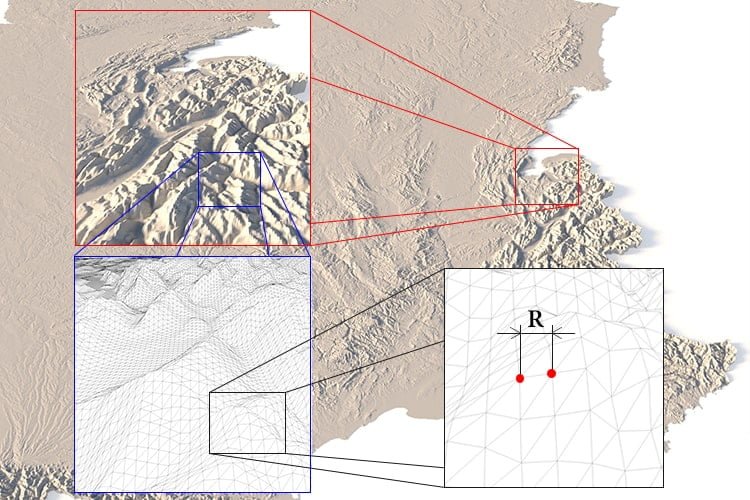
How do I change the parameters of the STL model of Libya?
You can easily resize the model in any program that allows you to import STL files.
In addition to changing the scale in width, length, and height, you can add a higher base. You can also use anti-aliasing tools, add bulk text, reduce the number of polygons, etc.
Leave a request if you need a model of Libya in other sizes, resolutions or projections.
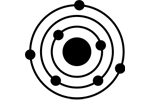 Solar System
Solar System World
World Continents
Continents Peninsulas
Peninsulas Islands
Islands Countries
Countries States of America
States of America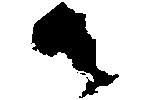 Canadian Provinces
Canadian Provinces Parks & Canyons
Parks & Canyons Fantasy
Fantasy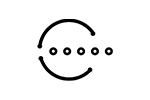 Other
Other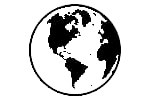 Planets
Planets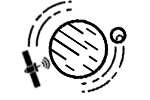 Satellites
Satellites